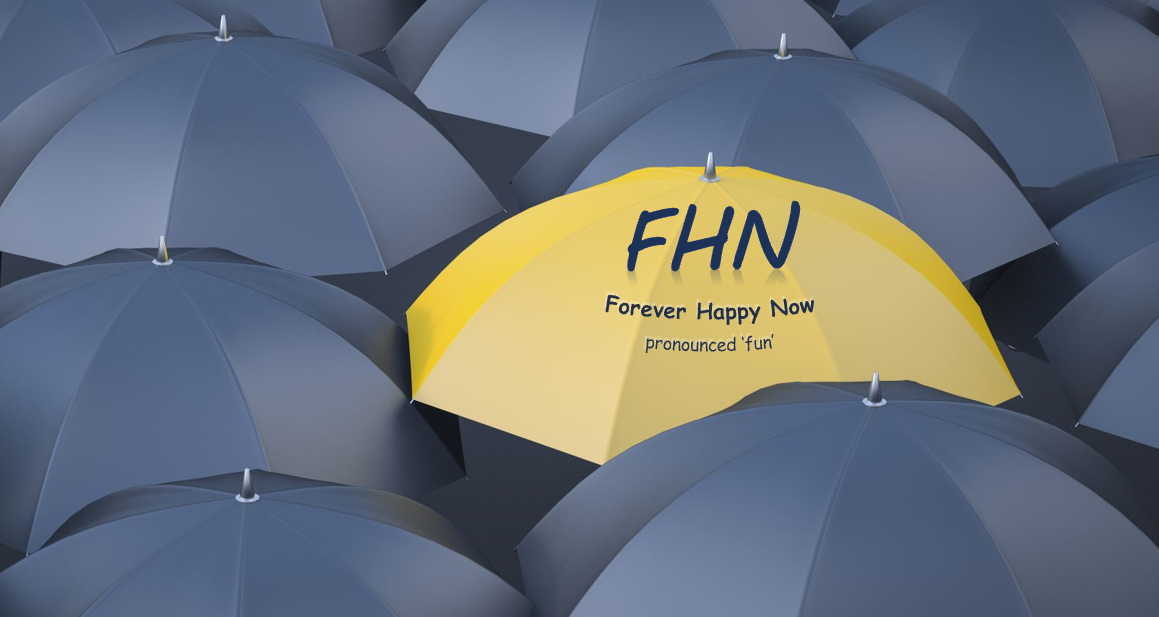Phishing. We’ve all heard of this. The email scams that attempt to impersonate legitimate businesses and steal our credit card, bank account and other payment information. The cover emails look harmless, but they play on our emotions, and need us to act immediately. This link says that a staggering US$ 12bn has been stolen due to phishing scams in the US over the last five years alone. So the global amount is likely to be many many multiples of that!
Funnily enough, we also get phished in normal day to day life – nothing to do with bank accounts or the internet. Here are some typical conversations.
“Hey, did you see my new car? Brand new model, collector’s edition, turbo-charged, 0-100 in 3 seconds. A true beast!”
“Hey, here’s my new iPhone [X][Maxx][Retina][Pro], with [10] in-built cameras. This is tech from the future!”
“Hey, check out my new microwave oven. It’s got IoT connectivity, auto-menu and gourmet wave modes. State of the art!”
What’s the connection to phishing you ask? Instead of giving up our bank accounts, when we are on the receiving end of such conversations, we quickly and voluntarily give up our peace of mind instead.
Cybersecurity experts warn against becoming emotionally involved while reading phishing emails. This would be good advice in general too. Not everyone can own the latest car or purse or gadget. Most importantly, not everyone needs to either. It helps to ask, “Are we the owner, or the owned?”

